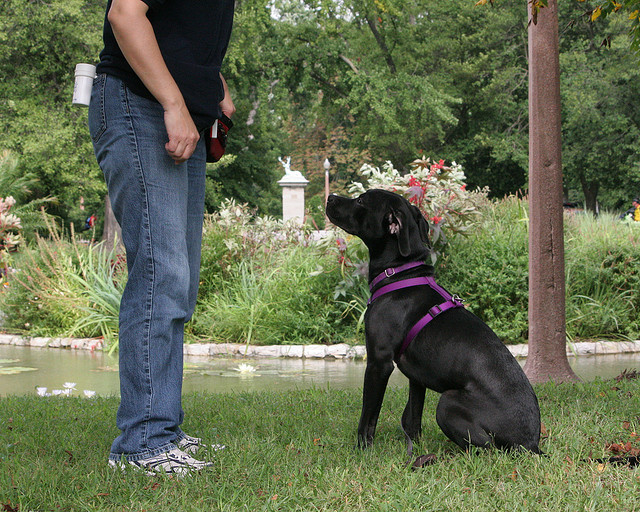Clicker training can seem overwhelming at first: juggling a dog, treats, leash and clicker. Knowing when to click and when not to, remembering all the “rules” – all while trying to pay attention to what your dog is doing so you can successfully teach him something new. Don’t fret! We all struggle at first! The following are a few tips to help you improve your clicker skills to make training easier and faster. Have your own tips that help you? Share them in the comments!
#1 – Have a Plan
Before you get your dog out to train, make a plan. What are you going to be working on? Do you have any “props” you may need – for example a cone or a food bowl? Be sure you have your treats handy and your clicker at the ready. This is the first step to good training – organization!
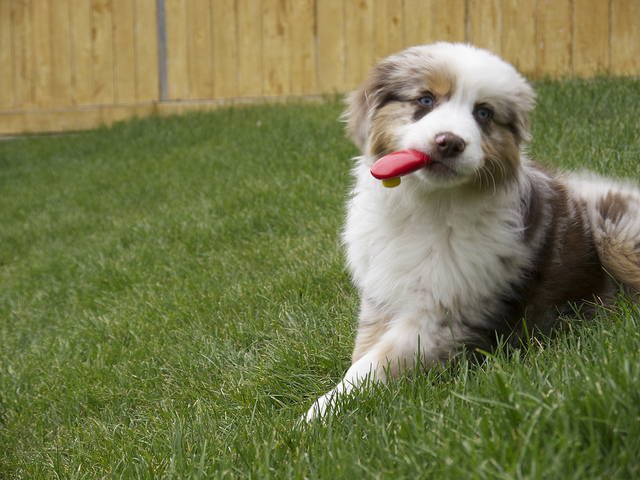
#2 – Clicker Keeper
Keep losing your clicker? An easy solution is to buy one of these coil wrist keychains. This way, your clicker is always attached to your arm and can’t get lost. Working on something you don’t need the clicker for? Just push it up your arm out of way until you need it again.
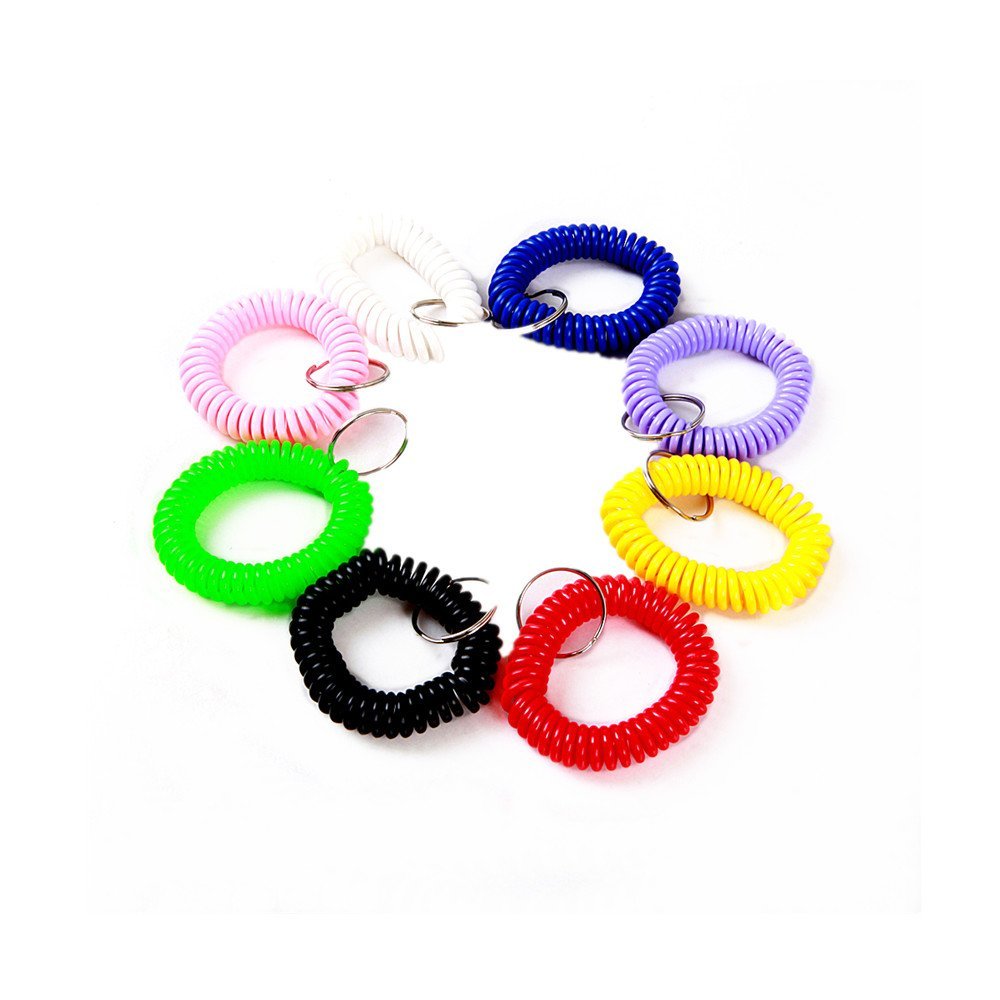
#3 – Treat Pouch
You may feel silly wearing one, but for beginning training when you are using a lot of treats it really is the best. A pouch allows you to get your treats quickly and easily to keep them on you while you move around.
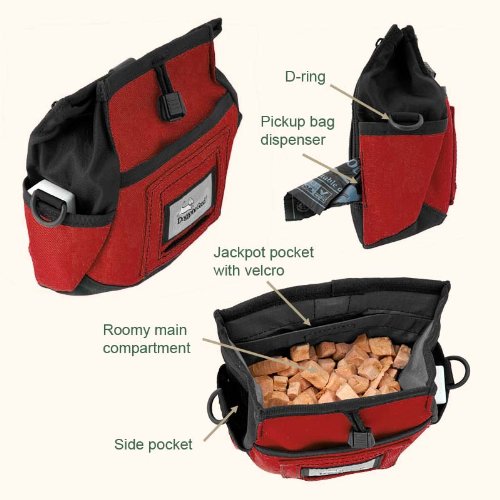
#4 – Practice Timing
Since timing is a huge part of clicker training, you can never practice it enough! An easy way to do this is to sit with your clicker (have your dog out of the room, otherwise you will have to treat him every time you click and who knows what behavior you will be reinforcing!) and watch TV. Every time the scene changes, click!
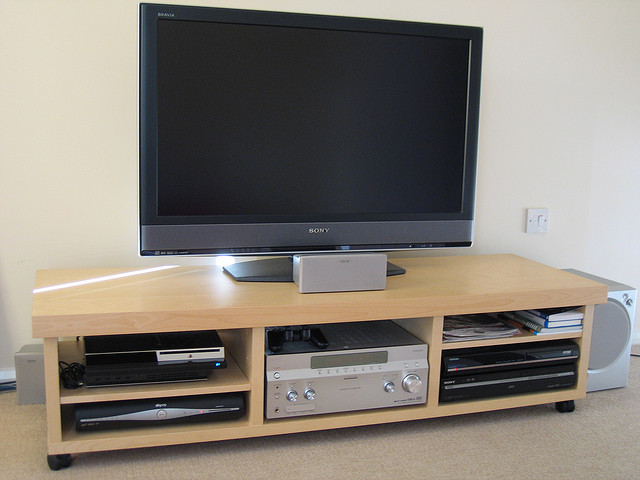
#5 – ClickStats
This is great app where your phone will become your clicker. Why is that cool? Because it keeps track of your training progress! It provides data such as rate of reinforcement (how often your dog is being reinforced), how successful he is (did he hit that 80% success rate?), and more! For more information, go to www.caninesinaction.com

#6 – Keep Sessions Short
Dogs learn better in several short sessions (just a few minutes is enough!) rather than one long session. This will also help you avoid getting bored or tired of training. Also pay attention to your dog: if he starts turning away from you, avoiding eye contact, ignoring you by sniffing or scratching, etc., he may be telling you he is stressed. If so, it’s time for a break and to reassess your training environment.

#7 – If It’s Not Working, STOP!
This is a biggy: don’t beat your head against a wall, okay? If your dog is not getting something (remember, 80% success!) then stop what you are doing and reassess how you are training him. Take a break, let your dog “off the hook” and don’t try again until you have a new plan. One of the worst things you can do is keeping doing what you are doing and hope your dog will eventually figure it out. If he has failed three times in a row, something needs to change.
